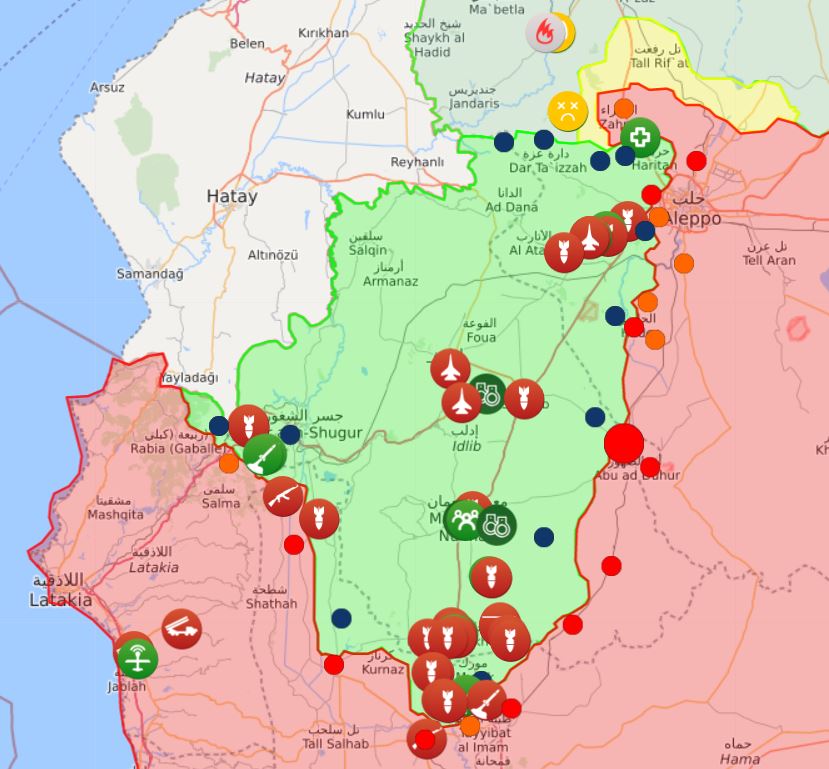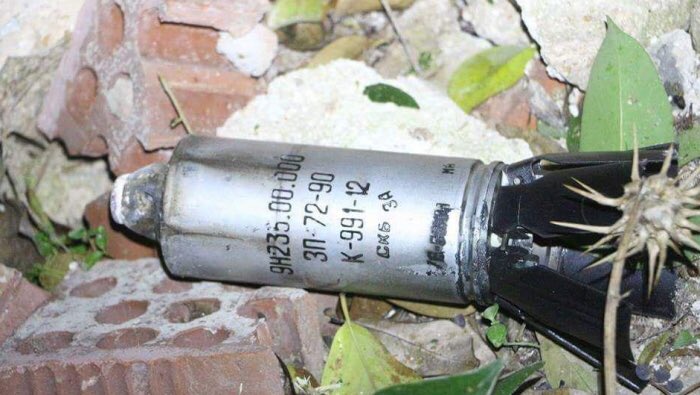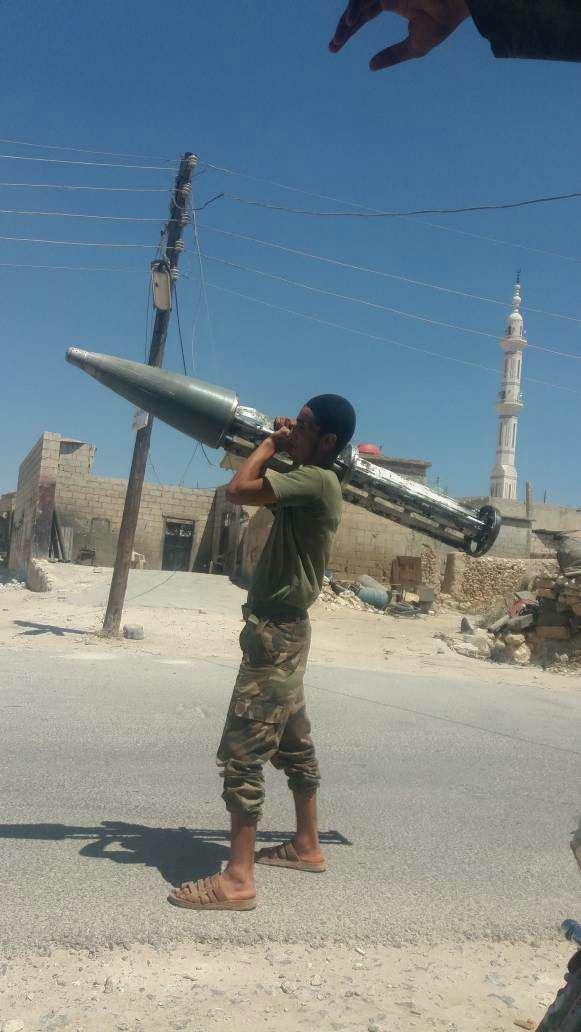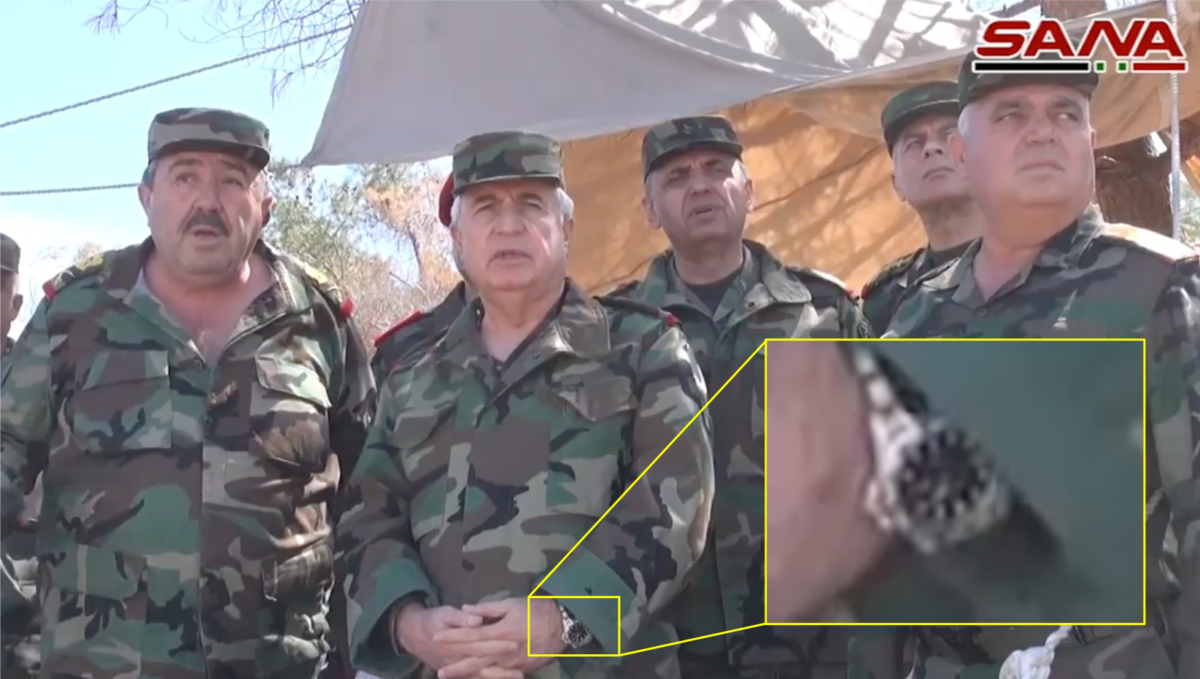Is the Idlib Offensive coming?
Although the Syrian government and its allies has clearly gained the upper hand in the Syrian Civil War, the conflict is still a very long way from being over. Large areas of Syria remain outside the control of the Syrian government, including those held by the SDF and their allies, by rebel forces and the Turkish Army, and by the so-called Islamic State (IS).
Since the Syrian government and its allies lack the resources to hold and attack all their enemies at the same time, they have adopted a strategy of picking off individual territories and cities in a piecemeal fashion. This has allowed the Syrian government and its allies to concentrates their combat power, including their limited air assets, to focus on each successive offensive. By beseiging populations in this way and using indiscriminate bombing to destroy civillian services, including hospitals, life within these areas becomes extremely harsh for both fighters and civillians, leading to surrenders and forced population transfers out of these areas. This strategy has proved devestatingly effective, with Aleppo falling at the end of 2016, Homs in 2017 and East Ghouta and Damascus during the first half of 2018. The last significant area of rebel control is the Governorate of Idlib, an area which also includes parts of Aleppo, Latakia and Hama.
From the open sources available, it appears that there are indications that an offensive may soon be launched into this area. With a population of approximately 2.9 million, approximately half of which are internally displaced people (IDPs) who have already fled from elsewhere in Syria, this represents a potentially catastrophic event. The presence of Turkish forces in this area will be certain to complicate this situation further. This article will assess these indications that an offensive in Idlib will soon take place.
Movement of troops and material
Multiple videos and images posted on social media claim to show heavy goods, weapons and vehicles moving towards the Idlib area. Although it is not possible to geolocate every one of these, the rise of these kinds of posts in the last week or so indicate that some kind of major redeployment is currently underway. The videos and images that have been posted show a significant amount of firepower being redeployed, including armoured vehicles and a significant amount of artillery. There have also been reports of OTR 21 Tochka ballistic missiles being moved into the area, a significant long-range asset.
Video allegedly showing a OTR-21(s) Tochka en route to Idlib (Source: @MathieuMorant)
There have also been claims that certain offensive units are re-deploying to the Idlib area. The Tiger Forces, an unit which has been in the vanguard many of the Syrian government offensives, is reported to have moved into the Idlib area. Meanwhile the 5th Corps, a unit which has allegedly been equipped and trained by the Russian military is also claimed to have been deployed to the area. It even appears that former rebels who have reconciled with the Syrian government have been boasting about this upcoming offensive.
Bombardments
Bombing and artillery strikes in the area of Idlib appears to have increased compared to the last few months, with almost constant attacks on the areas around Al Lataminah, Khan Sheikhoun, and Al Tamanah since the beginning of August. There appears to have been a peak in bombardements on the 10th August, with reports of heavy bombing across Idlib and West Aleppo frontlines.
Parts of these frontlines have seen heavy fortifications being built by the opposition over the previous years, with Al Lataminah in particular boasting an entire hospitals built underground in an attempt to protect from Syrian government bombardments. These underground facilities, heavily protected from conventional munitions, have previously been attacked with chemical weapons. So far, there do not appear to have been any reports of chemical weapons in the latest round of bombing.

Open source reports of bombing and artillery bombardments on Idlib on 10th August. Note the concentration of strikes around north-east Latakia, southern Idlib and west Aleppo (Source: Liveuamap)
There have also been reports of the use of cluster munitions in the town of Al Tah, which are claimed to have killed and wounded several civilians. This claim appears to be supported by images showing a cargo warhead and bomblets identified as 9N235 fragmentation submunitions.

A 9N235 fragmentation submunition, allegedly found after the strike on Al Tah (Source: Mark Hiznay)

A cargo rocket, allegedly from the strike on Al Tah (Source: Qalaat Al Mudiq)
Conclusion
The reports of significant logistical moves, the apparent redeployment of offensive forces to the Idlib area and artillery and air bombardments suggest that the long-expected Idlib offensive will take place soon. Assad has consistently stated his objective is to retake the whole country, and Idlib remains the last major area defended by primarily Syrian rebel forces.
The offensive to retake Idlib may prove to be a difficult, costly and complex fight for Assad. Previous offensives have sought to isolate and besiege pockets of opposition, starving and bombing them until a reconciliation deal is made. This has proved a devastatingly effective tactic in places such as Aleppo and East Ghouta, however Idlib has several factors which may complicate this offensive.
The presence of Turkish ground troops may complicate an assault, and may push the Syrian government and its allies into direct confrontation with Turkey. If Turkish troops do choose to fight, then government forces will be facing an enemy very different from the often poorly equipped rebels they have faced before. How Russia and Iran, the major supporters of Assad, will react to this kind of confrontation remains to be seen. Relations between Turkey and Russia in particular have warmed significantly over the previous two years, while Turkish relations with the USA have cooled. Statements made by the Turkish Foreign Minister even suggests a willingness to cooperate militarily with Russia in Idlib.
Whatever the outcome of this battle, one thing is certain: there will be a huge exodus of refugees and IDPs. The population of Idlib has been swelled by an influx of IDPs to around 2.9 million, roughly doubling in size. Bearing in mind that many of these IDPs have already relocated due to Syrian government offensives elsewhere in the country, they will face a stark choice of fleeing again, whether within Syria or overseas, or reconciling with the regime.


